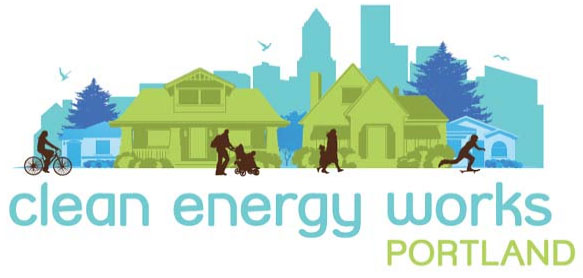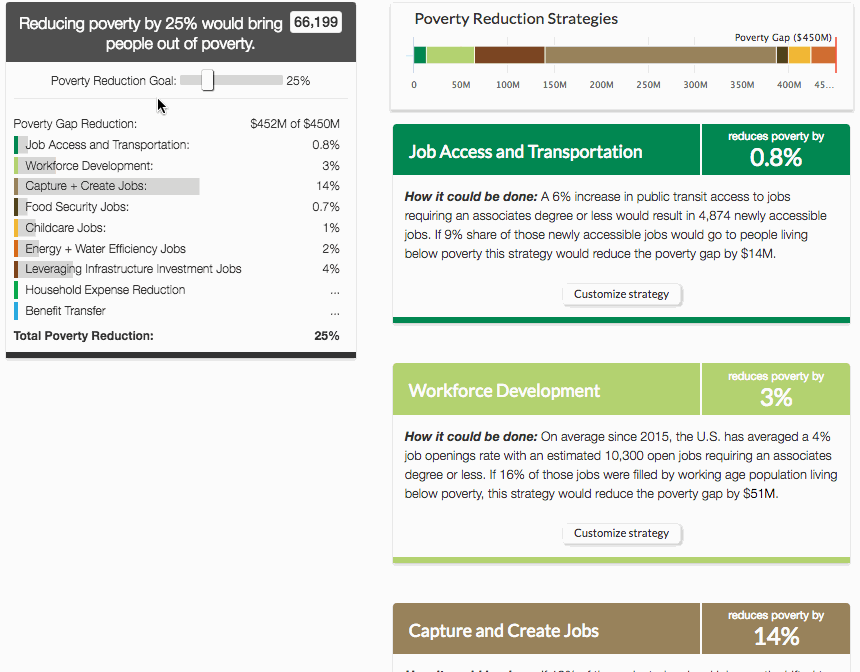Best Practice #2
Los Angeles Department of Water and Power
Los Angeles, CA: In 1992, the Los Angeles Department of Water and Power (LADWP) implemented water rate reform that incorporated conservation pricing and tiered water rates. A 2018 white paper found that LADWP avoided roughly $11 billion in costs from 1990 to 2016 resulting in customer bills that are nearly 27% lower today than they would have been without efficient rates and conservation efforts. Customers reduced water use from 189 gallons per capita per day (gpcd) to 106 gpcd from 1990 to 2016.
Between 2009 and 2011, the City of Los Angeles invested over $1.2 billion in water use efficiency projects. A study by non-profit Economic Roundtable found that the investments stimulated 16,579 total person-years of employment (8,654 direct person-years of employment, 3,016 indirect person-years of employment, 4,909 induced person-years of employment). For every $1 million invested, water-use-efficiency projects create 12.6 to 16.6 jobs with mean annual wages that range from $33,286 to $52,828. The investment stimulated an additional $534 million in indirect sales and $718 million in induced sales.




